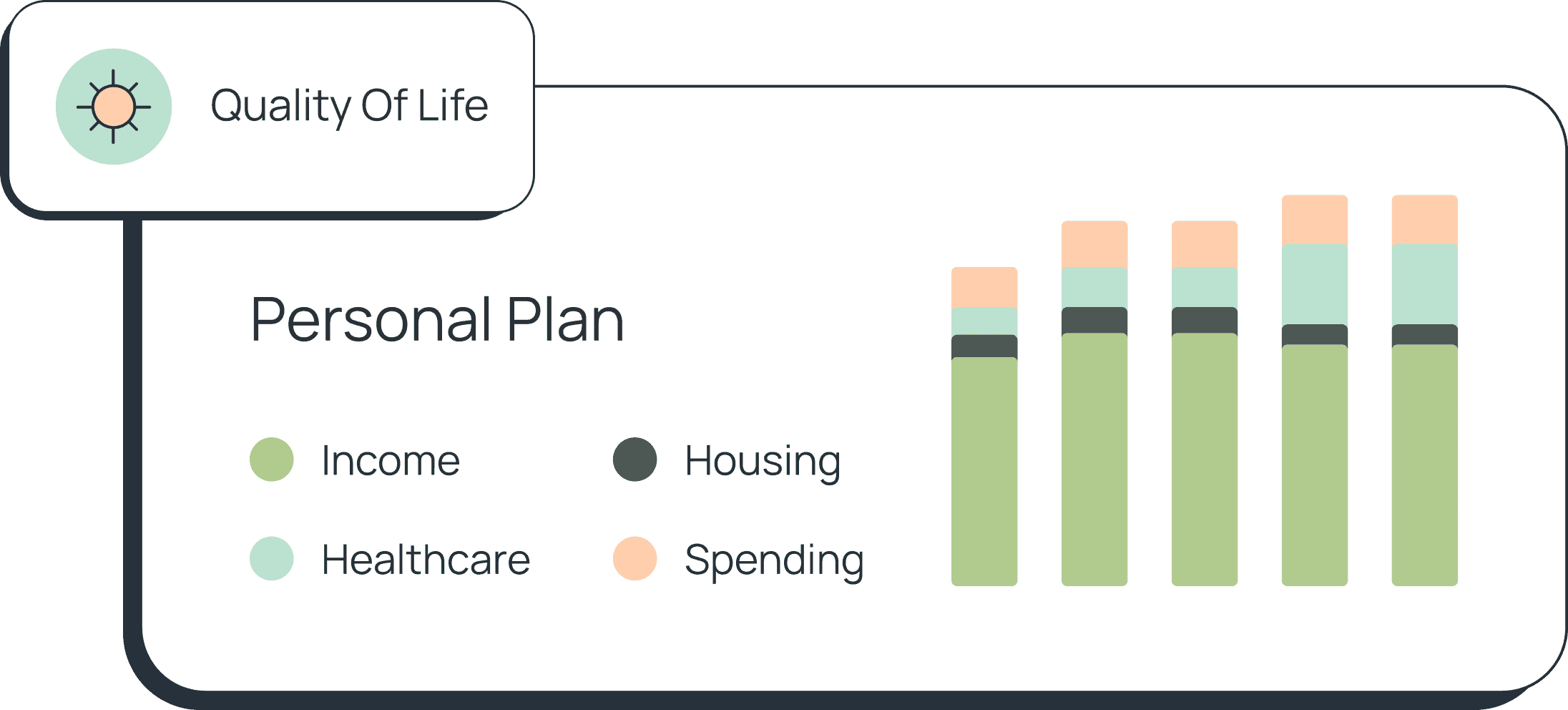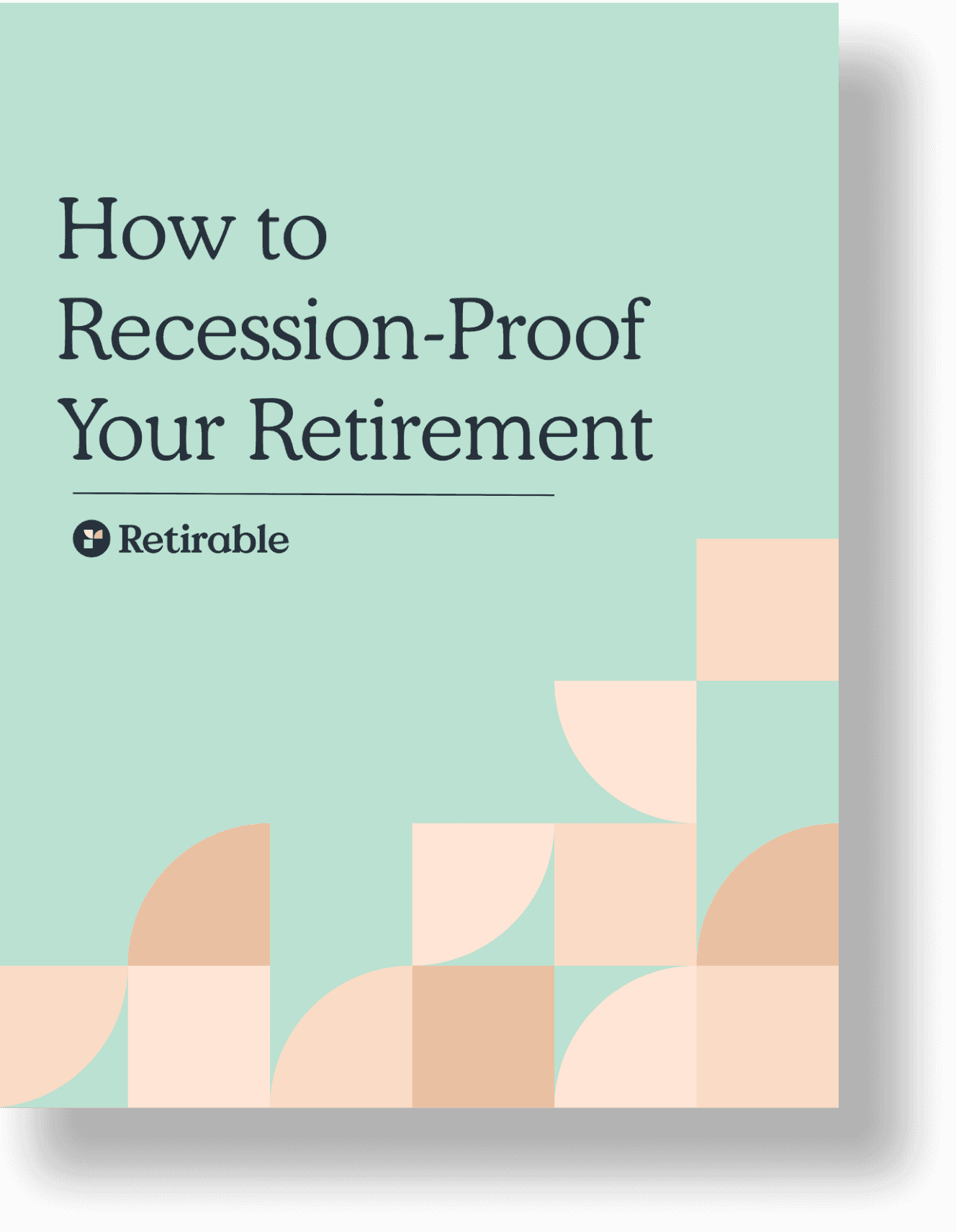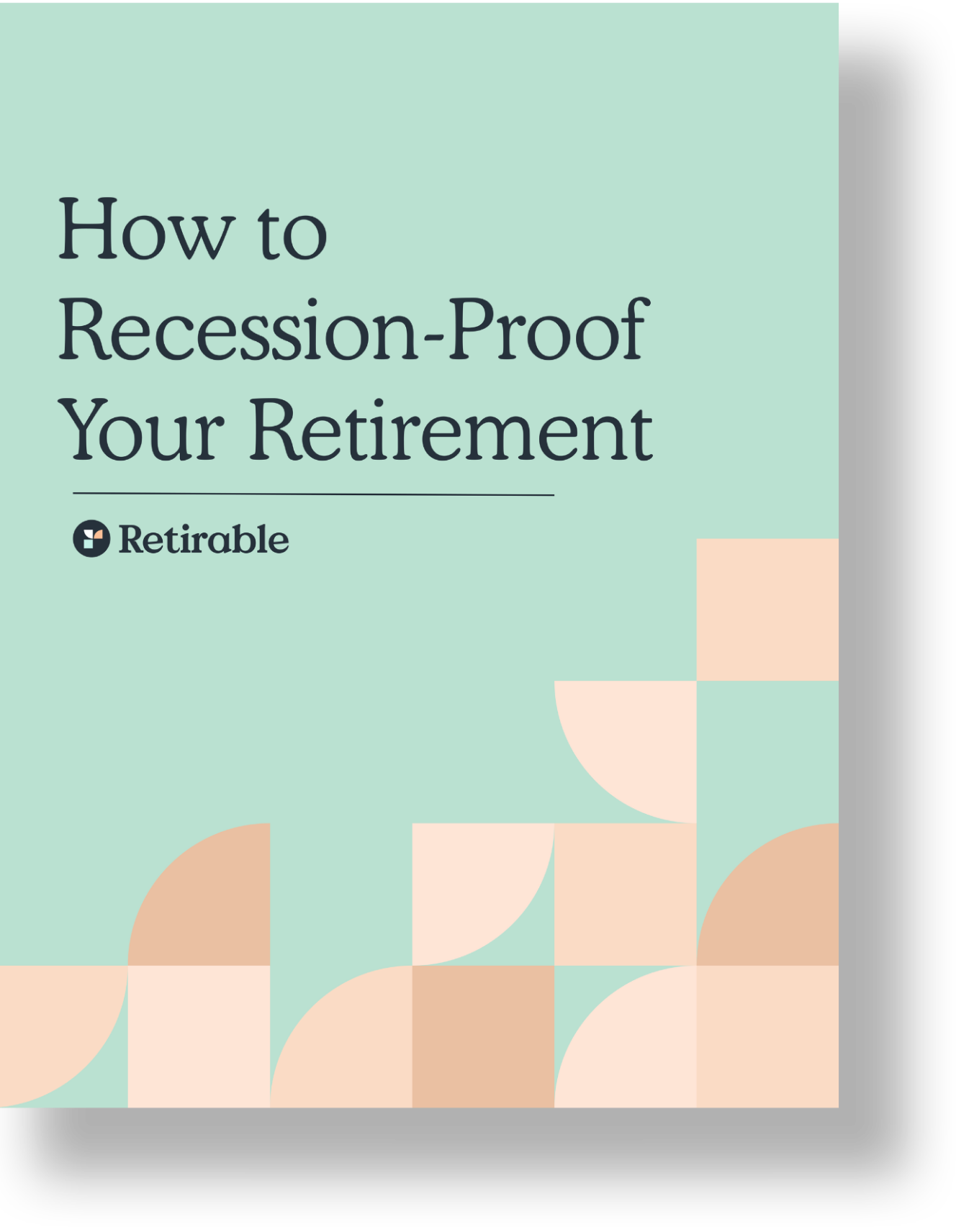Lifestyle
Whether you are 25 or 45, planning for retirement must be a priority. As you age, your retirement plans and priorities might shift and evolve—that’s natural. Review these retirement tips—a set for every decade of your life—to make sure you’re on the right track, no matter your age.

Harrison Schaefer, CFP®
•
Published January 17th, 2025
Table of Contents
Key Takeaways
Start saving as early as possible to take advantage of compound interest
Pay off high-interest debt as soon as possible to save more
As you get into your 40s and 50s, begin to reduce the risk of your various investments
Don’t forget about healthcare—look into HSAs and long-term care insurance policies
Whether you are 25 or 45, planning for retirement must be a priority. As you age, your retirement plans and priorities might shift and evolve—that’s natural. Review these retirement tips—a set for every decade of your life—to make sure you’re on the right track, no matter your age.
Tips for Your 20s and 30s: Starting Early
The sooner you can start saving for retirement, the better. With compound interest, the difference in returns that come from saving in your 20s versus your 30s or later is notable: if you saved $500 per month starting at the age of 24, you would likely reach $1.5 million by age 65, assuming an average rate of return of 7%. If you start with the same monthly savings at age 30, however, once you turn 65, your initial investment would only be $920,000; just six years makes a huge impact.
Create a Budget
Dinners, movies, student loan bills… where does your money go? Creating a budget—factoring in all of your bills, rent, and non-negotiables first—will help you see the big picture as to where your money is being spent, where you can cut back, and how much you can afford to save.
Contribute to Your Employer’s Retirement Plan
If your workplace offers a retirement plan, make sure to enroll and contribute at least the amount that your employer will match in contributions—that way, you’re getting all that free money from your company to help grow your savings. If possible, save at least 10%—but ideally 15%—of your salary each year.
Save Often
Once you have a budget, you can determine how much money you have left over at the end of each month—save as much of this as you can. The more years your money sits in an interest-bearing account, the more you’ll have for retirement.
Build an Emergency Fund
Some of your savings should go to an interest-bearing retirement account that you can’t touch until you actually retire, but you should also be building up a rainy day fund in case something goes awry; this could be a car problem, a medical bill—basically, any considerable expense that would not be factored into your typical monthly budget. Building an emergency cash pool will make you less tempted to put significant expenses on a credit card.
Pay Off High-Interest Debt
Having too much high-interest debt can quickly cut into your extra income. In addition, raking up a big balance on your credit cards can lead to a low credit score, which could make some big life purchases, such as a home and a car, difficult and potentially more expensive. Always pay more than the minimum due on your credit cards, and ideally, pay them off in full each month. If you have multiple credit cards, pay down the card with the highest interest first.
Tips for Your 40s: Maximizing Growth
In your 40s, you’re likely to see a bump in your salary—this decade and the next decade is when you should be at your highest earning potential, proving to be a critical time to save as much money as possible, ideally 15% or more, for retirement.
Increase Your Retirement Contributions
As you start to earn more money, see if you can keep your spending down and increase the amount you put into your retirement accounts each month. Ideally, you should save between 10% and 15% of your salary yearly, but exceeding this amount will help your savings grow exponentially.
Open an IRA
Your employer-sponsored retirement plan is likely a 401(k), and this is a great plan to have—401(k) accounts have very high contribution limits, allowing you to save up to $23,000 each year. However, if you have hit that ceiling, you can diversify your holdings and open an IRA account to save additional funds. You could also use a Roth IRA account to create a tax-free income source during retirement.
Check on Your Accounts
By your 40s, you have likely switched jobs at least once. Make sure to track all the retirement accounts you have opened. You can consolidate your 401(k) accounts or have one rolled over into an IRA, opening yourself up to additional investments.
Consider Life Insurance
Life insurance gets more expensive as you get older. In your 40s, you can pick a plan that will protect your spouse or partner in case you die earlier than expected. As you calculate necessary life insurance, consider all costs: child care, pet care, end-of-life expenses, taxes, and more.
Diversify Your Investment Portfolio
At this point, you should have a diverse portfolio lined up to mitigate risk and maximize the money you can save. In addition to opening an IRA, look at your asset allocation in all your retirement accounts. Consider talking to a Certified Financial Planner to see if your investment split between stocks and bonds is appropriate for your age and goals.
Tips for Your 50s: Catch-Up and Strategize
Even if you feel a little behind on your retirement savings, you can make up for lost ground in your 50s; with catch-up contributions, you can save an additional $7,500 in your 401(k). This is also the time to invest in financial products and savings accounts that will support your healthcare costs when you retire—medical expenses are one of the highest expenses for a retiree.
Take Advantage of Catch-Up Contributions
Once you turn 50, you’re eligible to make “catch-up contributions” to your retirement accounts—this means you can save even more each year towards your retirement goals. The IRS offers this as a way for older people to make up for lost years to stay on track for retirement. In 2024, you can contribute an additional $7,500 to a 401(k), 403(b) or 457 plan; with an IRA, you can contribute an additional $1,000.
Consider Reducing Risk
At this point in your life, consider reducing high-risk investments. There’s another side to this: some people choose a too-conservative path and don’t give themselves the best portfolio growth potential possible. There are many options to discuss with your Financial Planner; for instance, you might consider switching some of your stock investments into exchange-traded fund ones.
Plan for Long-Term Care
Choose a long-term care policy in your 50s to lock in a lower premium, and know that you will have funds to cover any health needs as you age. You might be tempted to buy a policy in your 40s, but know that people aged 70 and older are responsible for over 95% of long-term insurance claims, so purchasing a plan too early means you will pay premiums for over two decades before you can put the policy to use.
Look into HSA Accounts
In addition to a long-term care policy, explore health savings accounts (HSAs). These accounts allow you to pay for qualified out-of-pocket healthcare expenses, including deductibles and copays. HSA account balances can also rollover year after year, and after you turn 55, you can supplement your account with an extra $1,000 catch-up contribution.
Level Up On Interest
You might have decades-old bank accounts, some of which might have the same interest rate that they had many years ago. While it might feel morally correct to stick with the bank you’ve used for so long, you could lose out on better interest rates. Research different banks and accounts—credit unions or online banks could offer higher interest rates (and sometimes cash bonuses for setting up a new account).
Review and Update Your Estate Plan
Part of retirement planning is planning for your death. That means ensuring you have a plan for your assets and understanding the implications of passing those assets to your beneficiaries. Confirm that your will, trust, health directives, and power of attorney documents are current and reflect your wishes.
Questions about your retirement accounts? We're here to help.
Schedule your FREE Retirable consultation today.Tips for Your 60s and Beyond: Final Preparations
Turning 60 is a huge deal. Hopefully, at this point, you have almost all you need to be saved for retirement, and you can focus on the nitty-gritty details—including the mental shift that comes with leaving the workforce for good.
Maximize Your Social Security
You can start receiving Social Security benefits at age 62, but if you can wait, you’ll receive a more significant benefit. Each year you wait—up until age 70, your full retirement age—you’ll see an approximately 7% increase in your benefit amount. The difference can equal thousands of dollars each year.
Understand RMDs
Many retirement accounts have required minimum distributions (RMDs); this is the minimum distribution you must take from the account beginning when you turn 73 (in 2033, the age will jump to 75). After you reach RMD age, you must take the minimum distribution—failing to do so could result in a 25% penalty tax.
Review Retirement Taxes
Depending on where you live, some or all of your retirement distributions could be taxed as regular income. How much you’ll pay in taxes depends on several factors, including your income level and where you live. While many states don’t tax Social Security—only income from 401(k) and other accounts—a few, such as Montana, New Mexico, and Colorado, do.
Determine If You’re Ready for Retirement
Even if you’ve been planning for decades, it’s essential to reflect on whether or not you’re ready to retire fully or if a few more years of working would be a better choice. Remember that most jobs offer healthcare and other benefits, alleviating the financial burden many feel when they leave the workforce. At the same time, retirement can mark a massive shift in lifestyle and psychological state, which might be more beneficial than waiting a few more years in a 9-to-5. There also might be an in-between choice: working part-time or as a consultant. Weigh each option and the pros and cons before making a decision.
Create a Budget
You must create a retirement budget to make your savings last you for all the years you need it to. Calculate your monthly expenses—lodging, food, clothing, entertainment—while leaving room for travel and other fun activities. Knowing how much you can spend each month will help you dole out your savings responsibly.
Prepare Emotionally
Retirement is a big deal. You’ve been planning to do it for decades, and put a lot of time, energy, and money towards it. For many people, it’s complex or strange to transition from working every day to having so much free time. Understand that this is common, and think of new ways to fill your days: do you want to read more? Learn languages? Plan travel? Find some new friends? The world is your oyster. Settle in, stay active, and have fun.
Frequently Asked Questions
Looking for more advice? Check out these frequently asked questions (and their answers) to help you along your retirement saving journey.
How much should I save for retirement at different ages?
There is no one-size-fits-all answer to this question, but many financial planners recommend saving 1.5x your salary by the time you’re 35, 4x to 6x your salary by the time you’re 50, and 8x to 11x your salary by the time you reach 60. Your goals for retirement should determine the amount you save: how luxuriously you wish to live, how much your spouse has saved, your medical needs, and more. Talk to a Certified Financial Planner to better understand how to reach your goals.
When should I start contributing to a retirement plan, and which should I choose?
If it’s financially feasible for you, you should begin contributing to a retirement plan as soon as you start earning income, likely in your 20s. Because 401(k) accounts are linked to workplaces, it should be easy to start with one—you can consider opening an IRA down the line. Many 401(k) accounts have employer matching programs, in which your workplace will match your contributions up to a certain percentage. This gives you a free boost to your retirement savings goals and will help you add additional funds to earn compound interest.
How can I balance saving for retirement with other financial priorities, like buying a home or paying for college?
The best way to balance your savings is to create a budget, ideally with a Certified Financial Planner. This is how you will get a sense of where your money is going each month and how much of it is left to save. Ultimately, retirement should always be a top priority when advancing your savings, as it will cost much more than any other expense in your life. What adjustments should I make to my retirement plan as I get closer to retirement age? As you approach retirement age, you should consider taking advantage of catch-up contributions to maximize your savings (available after you turn 50), calculate your readiness for retirement and plan when you will begin receiving Social Security benefits, consider investing in lower-risk financial products, and mentally prepare for the big shift away from work.
How do healthcare costs factor into my retirement planning?
Healthcare will likely be one of your significant retirement costs, so you should spend time preparing for these expenses. To get started, talk to your doctor about any chronic illnesses you might have and what to expect down the line about treatment. Next, research Medicare options to know what to expect—and if you’ll need to supplement the plan. Finally, research Health Savings Accounts and long-term care insurance policies and decide if either is right for you.
What are the key considerations for creating a retirement budget?
To create a successful retirement budget, you should first calculate how much you need for basic necessities: lodging, clothing, food, healthcare, etc. Next, calculate your discretionary expenses. These might include travel, your daughter’s wedding, a new car, etc. Leave as much wiggle room as necessary—there might be years when you spend more and many when you spend less. Finally, now that you have a working idea of your expenses look at your retirement income and determine if you will have enough or need to save more before your golden years.
Share this advice

Harrison, a Certified Financial Planner® and Senior Financial Advisor at Retirable, has nearly a decade of experience across wealth building, investment advising, and financial education. He prides himself on working one-on-one with each client to help them at every step so they enter retirement with peace of mind.
Share this advice

Harrison, a Certified Financial Planner® and Senior Financial Advisor at Retirable, has nearly a decade of experience across wealth building, investment advising, and financial education. He prides himself on working one-on-one with each client to help them at every step so they enter retirement with peace of mind.
Free Retirement Consultation
Still have questions about how to properly plan for retirement? Speak with a licensed fiduciary for free.






